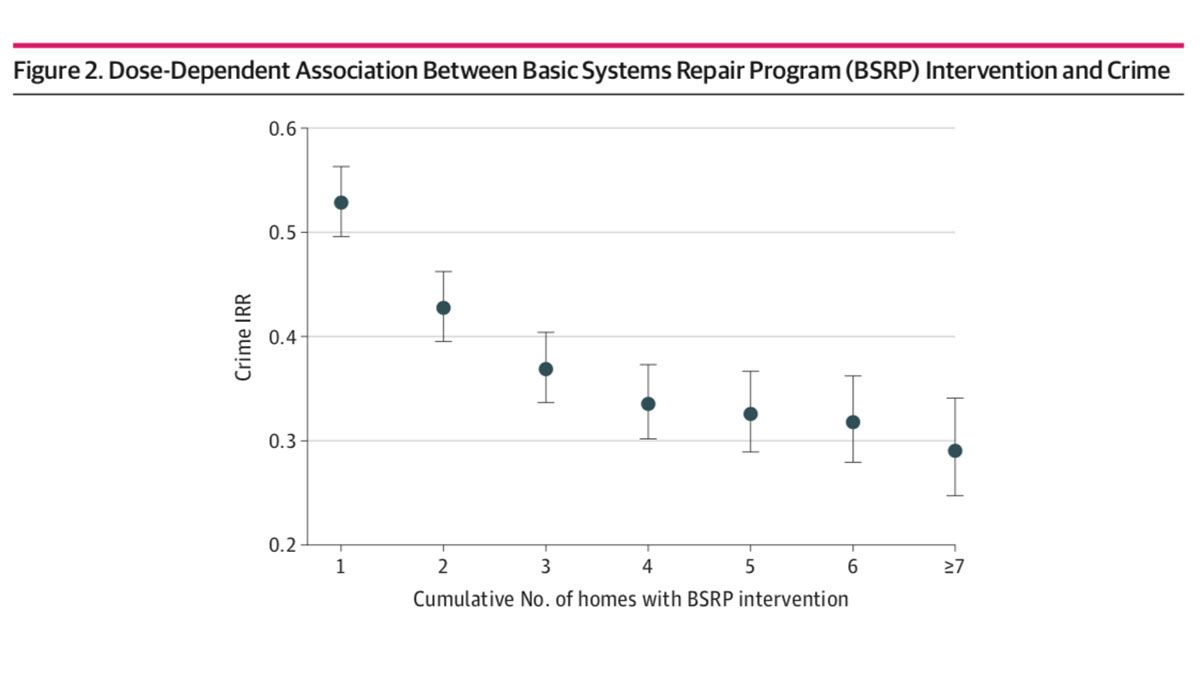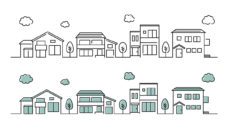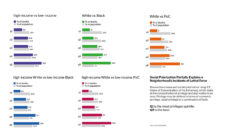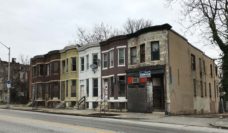Many marginalized communities of color experience poverty, higher crime rates, and lack of neighborhood investment. The root causes of violent crime in predominantly Black, urban neighborhoods are structural, including past and present racist housing policies and practices.
Housing determines both your physical health and opportunity. Where someone lives can dictate the quality of the school their children attend and the jobs available nearby. It can also determine personal safety. With so much of health relying on housing, can investing in home repairs reduce crime and improve opportunity in communities of color?
South et. al evaluated the association between repairs to homes and local crime rates by analyzing data from the City of Philadelphia Basic Systems Repair Program. The program offers funding to low-income families for plumbing, heating, electrical, and other costly home repairs. The researchers looked at data from 2006 to 2013, identifying houses that received repairs from the program and those that had not. They compared the number of housing repairs to trends in local police reports (homicide, assault, burglary, theft, robbery, disorderly conduct, and public drunkenness).
As shown in the Figure, repairs to low-income homes were associated with a significant reduction in crime. The vertical axis shows expected local crime incidence rate ratio (Crime IRR), or the expected crime count for the number of homes that receive housing repairs. The horizontal axis demonstrates the number of homes that underwent repairs. As the number of homes receiving structural repairs increases, the local crime decreases.
The researchers speculate that this relationship can be attributed to several factors. In the case that community members are the ones committing crimes, housing repairs may result in less stress related to poor housing conditions, increased feelings of neighborhood connectedness by community investment, and collective efficacy – the strength of community connections.
These findings suggest that neighborhood crime can be reduced with non-police interventions. Communities can be repaired, one home at a time.
Databyte via South EC, MacDonald J, Reina V. Association Between Structural Housing Repairs for Low-Income Homeowners and Neighborhood Crime. JAMA Network Open. 2021.














